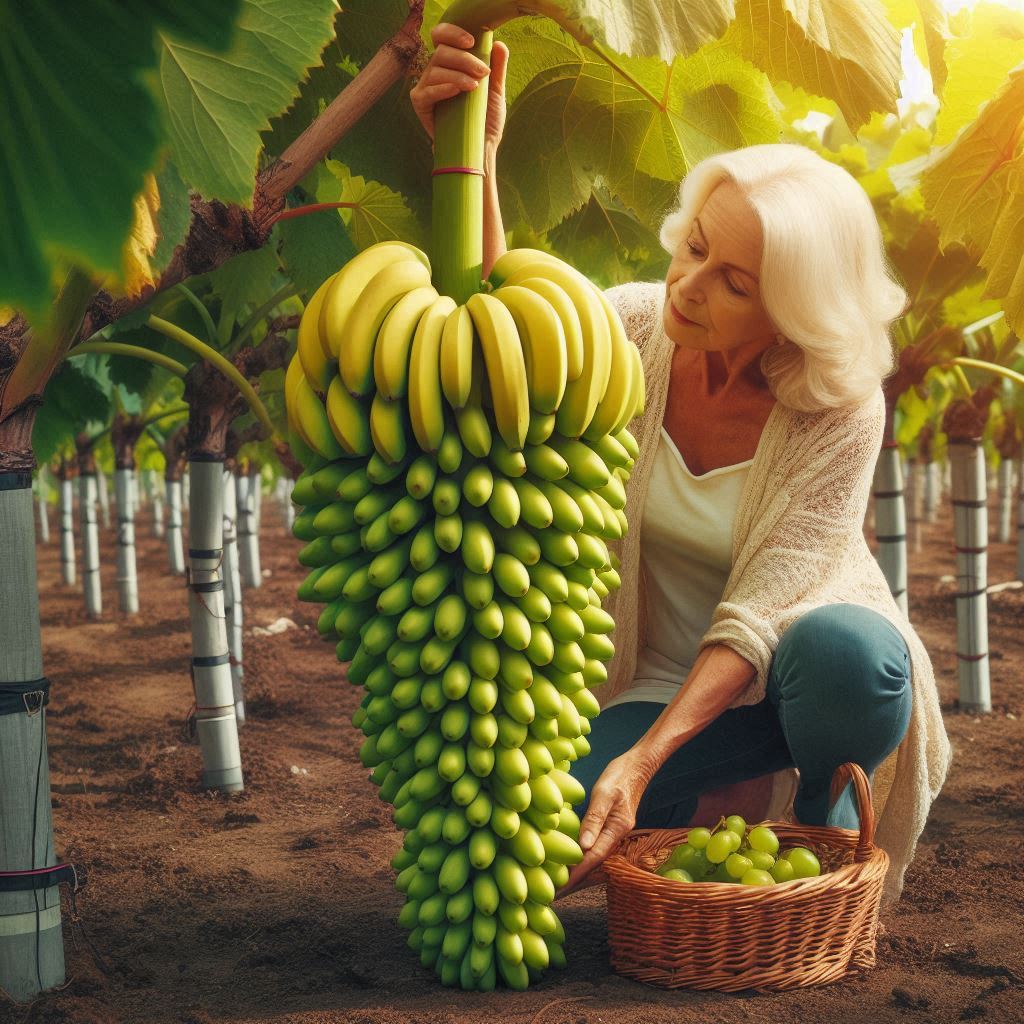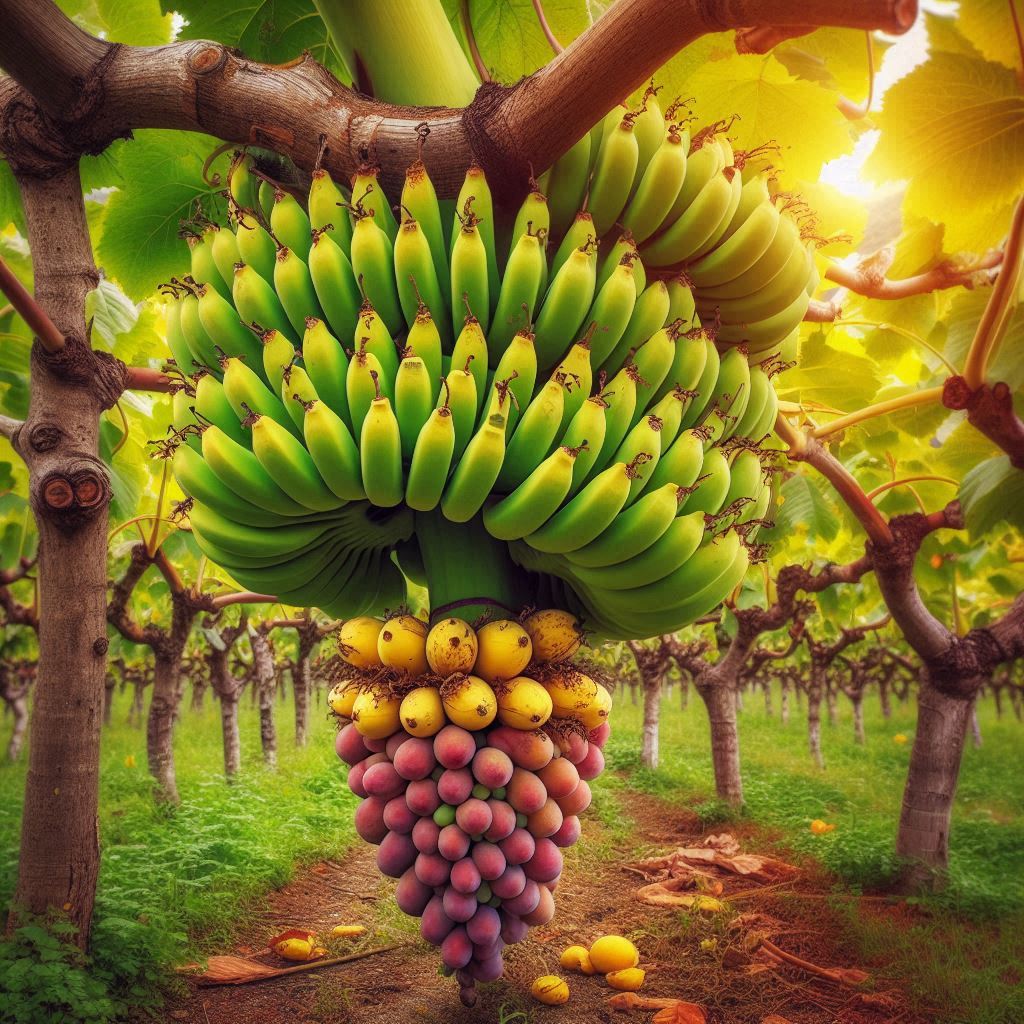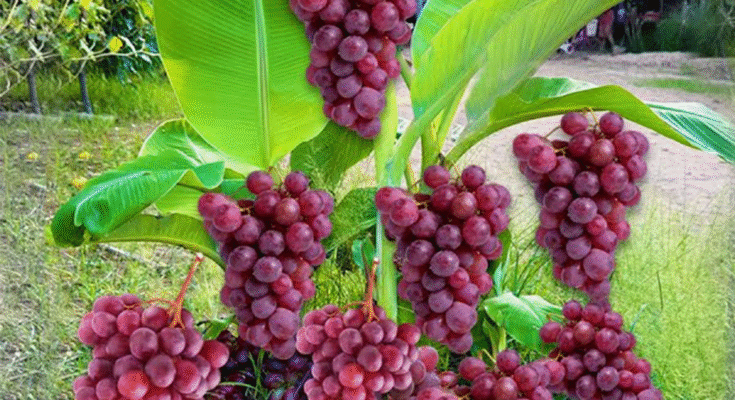How to Graft Banana Fruit with Grape: Exploring the Possibility and Science Behind It
Grafting is a horticultural technique that has been used for centuries to propagate plants, improve fruit production, and create hybrids. It typically involves joining the tissues of two plants so that they grow as one. However, not all plants are compatible with each other for grafting. A question that sparks both curiosity and imagination is: Can you graft a banana with a grape? This article explores the concept, feasibility, and science behind attempting such a graft, and what the realistic expectations should be.
Understanding Grafting Basics
Grafting involves combining a scion (the upper part of one plant) with a rootstock (the lower part, including the root system of another). Successful grafting requires that the two plants are botanically compatible, ideally from the same species or at least the same genus. The vascular tissues, particularly the cambium layers, must align for nutrient and water transfer to occur.
In the case of many fruit trees—like apples, pears, or citrus—grafting is common practice. However, the success rate of grafting drastically drops when attempted across different genera or plant families.
The Biology of Bananas and Grapes
To assess the feasibility of grafting a banana plant with a grapevine, it’s important to understand their biological classification:
- Banana (Musa spp.) is a monocotyledonous (monocot) plant belonging to the Musaceae family. It grows from a rhizome and is herbaceous, meaning it lacks a true woody stem.
- Grape (Vitis vinifera) is a dicotyledonous (dicot) plant from the Vitaceae family. Grapevines are woody perennials that grow as climbers.
These two plants are not only from different species and families but also from entirely different plant classes (monocots vs. dicots). This presents a fundamental challenge for grafting.
Why Grafting Banana with Grape is Not Possible (in the Conventional Sense)
Grafting a banana and grape is biologically incompatible for several reasons:
- Different Plant Types: Bananas are monocots, which generally do not have cambium layers—the layer necessary for successful grafting. Grapes, being dicots, do.
- Structural Incompatibility: The soft, herbaceous structure of banana pseudostems cannot support the woody structure of grapevines.
- Genetic and Vascular Incompatibility: The internal vascular structures are different, which prevents the proper formation of vascular unions. This means nutrients, water, and signals cannot flow properly between the two.
- Lack of Common Ground: The genetic gap between these two plants is too wide for any meaningful integration through traditional grafting techniques.

Alternatives to Grafting for Combining Traits
While direct grafting between banana and grape is not feasible, scientists and horticulturists have explored other ways to combine or co-grow different plants:
1. Intercropping
One practical alternative is intercropping, where bananas and grapes are grown side by side in the same plot. This allows for efficient use of land and can provide mutual benefits such as pest control, shade, or soil improvement.
2. Tissue Culture and Genetic Engineering
For those looking to combine specific traits of bananas and grapes—such as grape flavors with banana nutrition—modern biotechnology offers possibilities. Techniques such as genetic modification (GM) or CRISPR gene editing could potentially introduce traits from one species to another. However, this is extremely complex, controversial, and heavily regulated.
3. Creating a Novel Hybrid (Theoretically)
In theory, scientists could attempt to create a hybrid organism using somatic cell fusion, where protoplasts (plant cells without cell walls) from both species are fused. However, such hybrids rarely develop into viable plants and often suffer from developmental issues due to their genetic incompatibility.

Fun Experiments for Home Gardeners
While grafting banana with grape is not practically possible, home gardeners can still explore creative, educational experiments that simulate the idea of mixing plant traits:
- Dual Rootstock Grafting (within species): Graft multiple grape varieties onto a single grapevine, or multiple banana cultivars onto a single root rhizome (if compatible).
- Themed Planting: Grow grapes and bananas in adjacent pots or garden sections and label them with fun names like “fruit fusion corner.”
These ideas don’t physically combine the plants but can be fun ways to explore plant biology and enjoy a diverse harvest.

Conclusion
While the concept of grafting a banana with a grape may spark the imagination, it is not scientifically viable with current grafting techniques due to vast differences in plant structure, classification, and genetics. Bananas and grapes are fundamentally incompatible for grafting because one is a monocot herbaceous plant and the other a dicot woody vine.
However, that does not mean creativity in the garden should be limited. From intercropping to biotechnology, there are ways to explore and experiment with the relationships between different plants. Whether for education, innovation, or just plain fun, understanding the science behind plant propagation is a rewarding journey that goes far beyond the possibilities of a single graft.




